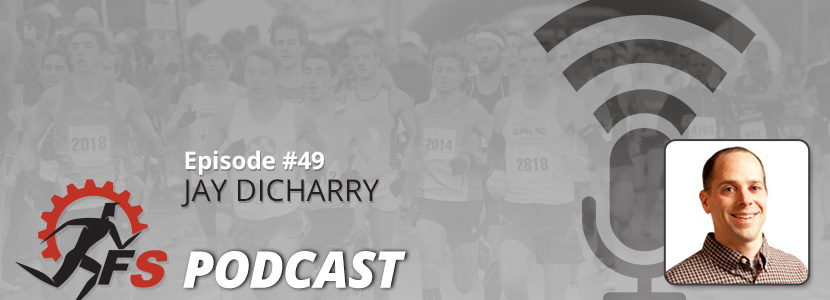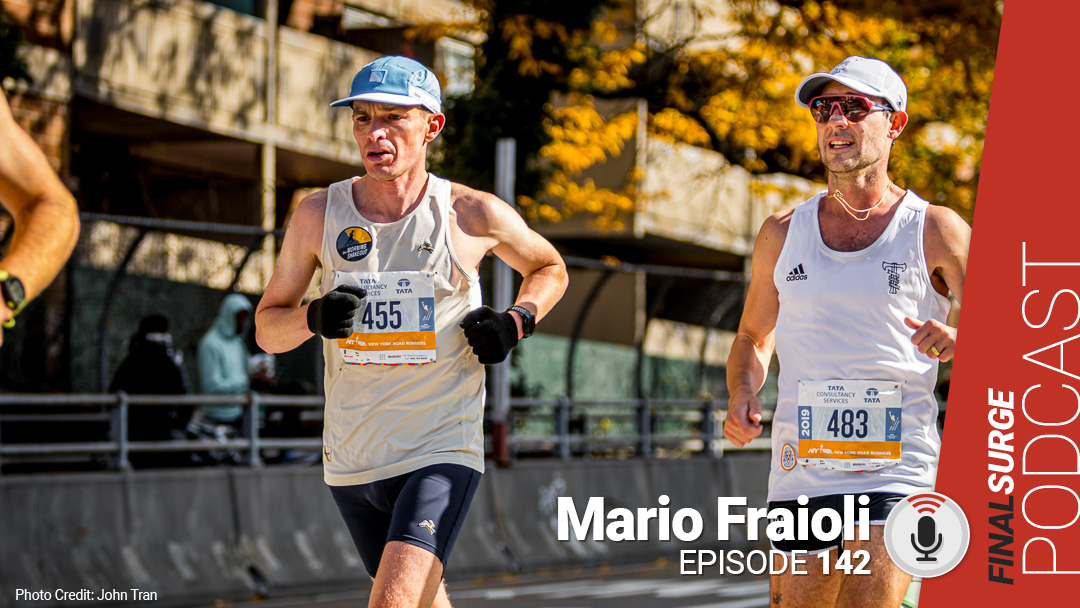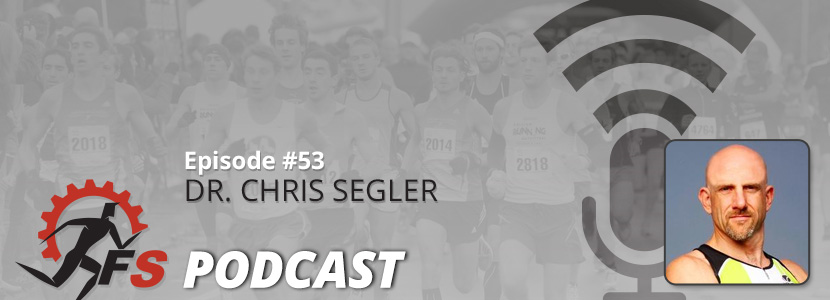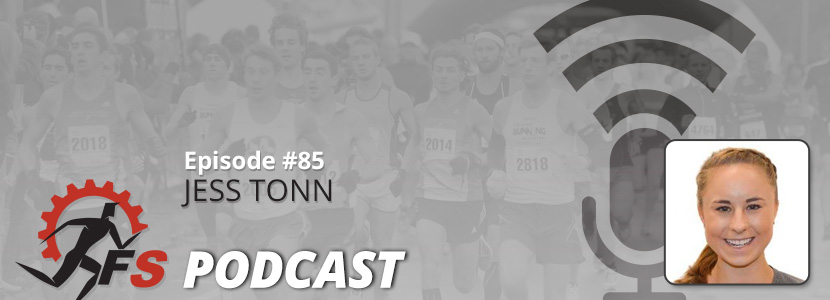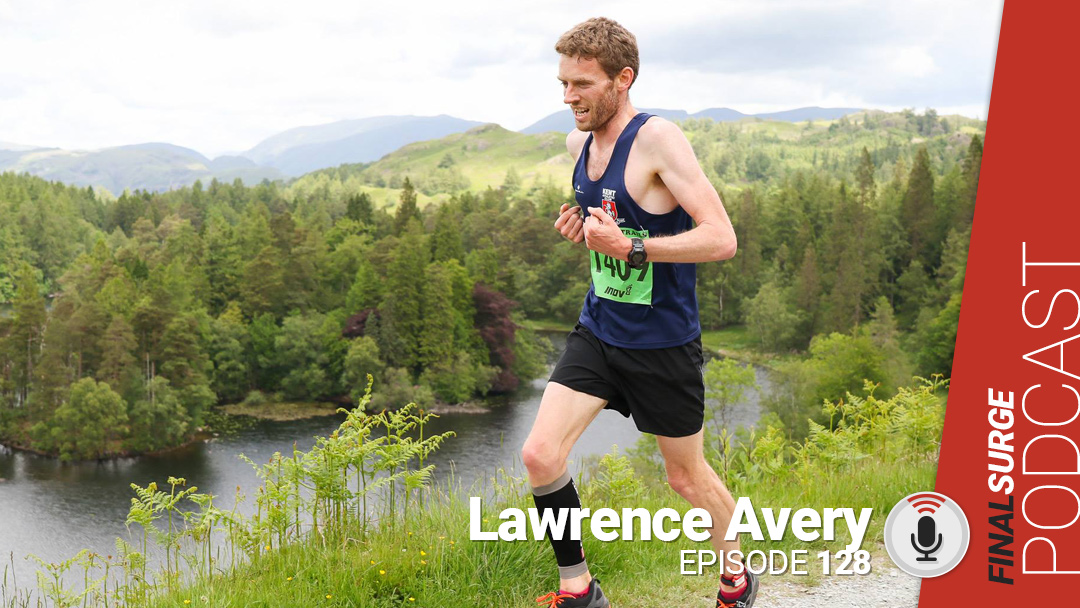Welcome to Episode 49 of the Final Surge Podcast where we where we welcome Dr. Jay Dicharry. Jay is the author of a must have book for any coach, Anatomy for Runners. Jay discusses what to look for when choosing a physical therapist, we talk foot strike location, shoes, and some common injuries.
Listen to the podcast on iTunes or listen to it on Stitcher if you have an Android device.
Stream it right here:
How did you get started in running and endurance athletics when you were a kid?
What are you focusing on right now and are you working mostly in research or are you working with athletes?
When I talk to other coaches and we talk about books, there are two books that I say I could not live without. #1 on that list is Anatomy for Runners. How did this book come about?
There seem to be two common types of physical therapists I’ve come across. Type one is, you have a pain, letÍs shut you down for a week or two while we do therapy and then start with a light jog for a couple days a week. And then there is the second type that says I know you are a runner and my goal is to keep you running while you work through this. Do you have any advice on picking a good physical therapist who understands competitive athletes?
Are there any designations or initials after their name that we may want to be looking for? SCS or OCS?
I go to a few coaching clinics a year, and when the question of how do you keep them healthy comes up, the most common answer is to run them on soft surfaces. Where we live, we are on concrete sidewalks for 2 miles before we can get to a dirt canal trail. What does the research show on the difference of different surfaces and injuries?
If you were talking in front of a group of 200 runners and they wanted shoe advice, is there any general advice on what runners could look for as qualities in a good shoe versus poor shoe choice?
Running shoes have been around for decades, and shoe companies are always making technology advancements yet the running injury rate is not getting better. Is there anything coming in shoe technology that could help?
And when it comes to shoes we hear a lot about over pronation. It seems there is an issue with diagnosing everyone as overpronators. What are your thoughts on shoes and pronation?
How do we get this information out to shoe stores?
When it comes to flexibility you mention in your book that all you need is proper range of motion to do the movement you are trying to accomplish, so a swimmer and cyclist and runner would all have different range of motion needs. Is there any benefit of stretching at all for general health and injury prevention?
When it comes to warmups you of course recommend dynamic movement but I know you also don’t recommend the most popular movements which are A/B skips. Can you explain why you donÍt recommend them and what are a few of your favorite pre-workout exercises?
You mentioned running is pushing and putting force into the ground, but there are also programs out there that teach you running is falling forward. How do they differ?
I’m glad you mentioned about landing underneath your body. When you watch the best professional distance runners in slow motion, they are slightly ahead of their body. So what are we really looking for here? Is it foot location, angle of shin at contact or what?
If someone is over-striding I’m guessing you wouldnÍt tell them to purposely change their foot strike location when they are running. What should runners work on?
When I look at many athletes with lower leg injuries and I film them, what I see with these athletes is what I believe you call toilet bowl of doom in your book. Can you explain this and how to address it?
We see shin splints a lot in our high school and middle school girls’ teams. It seems to be way more prevalent on the girls’ side, but they get shin splints so often that we joke it is contagious. What are your recommendations?
Runner’s knee is another big one, what are the most common issues with runner’s knee that you see?
What about wearable devices? How are they coming along in helping runners address the things they need to work on?
What about your typical age group runner who probably spends most of their day sitting? What do they need to work on with body positioning?
Are you working on any new books coming out?
Links to Resources
Are You Ready to Go Minimal video
Jay’s book Anatomy for Runners
Team Final Surge


